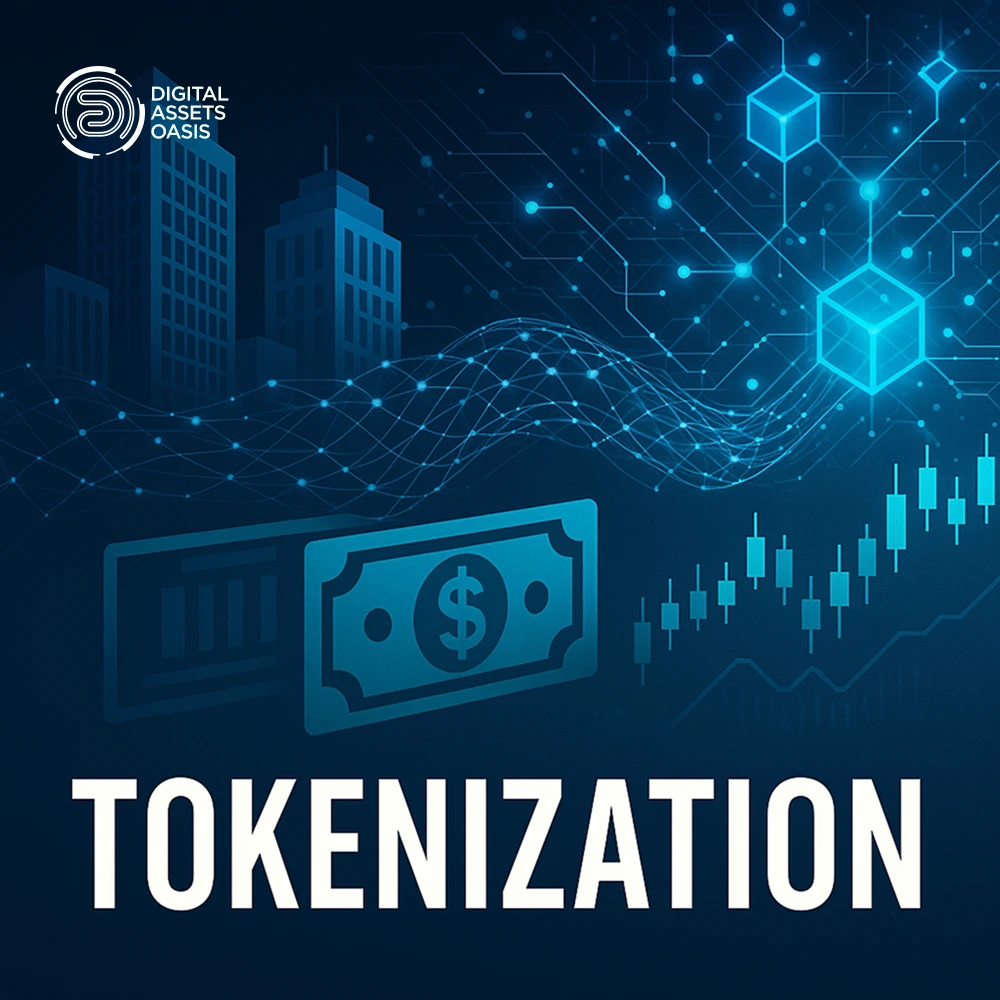Introduction to Stablecoins in Web3
Stablecoins, digital currencies pegged to stable assets like the US dollar, are gaining traction in Web3 for their reliability in payments. Unlike volatile cryptocurrencies, they offer a stable medium for transactions, making them ideal for cross-border payments beyond just serving as collateral in crypto trading.
Rise in Cross-Border Payments
Stablecoins are transforming cross-border payments by offering near-instant settlements, lower fees (as low as 0.5-3.0% compared to 6.35% for traditional remittances), and transparency via blockchain. Recent developments, such as Circle's new payments network and PayPal's PYUSD for Xoom transfers, highlight their growing role, especially in regions like APAC and Africa, where financial inclusion is a priority.
Regulatory and Market Trends
In 2025, regulatory frameworks like Europe's MiCA and upcoming regimes in the UK and US are likely driving adoption, with Stablecoin transaction volumes reaching $6.3 trillion in the past year, representing 15% of global retail cross-border payments. Their market cap, at $220 billion, is projected to grow to $3 trillion in five years, signaling strong future potential.
Challenges and Future Outlook
Despite growth, challenges include consumer preference for fiat, regulatory uncertainties, and technical issues like liquidity fragmentation. However, innovations and partnerships (e.g., StraitsX with Ant International and Grab) suggest a promising future, potentially handling 20% of global cross-border payments by 2030.
Detailed Analysis on Stablecoins as the Killer App in Web3 for Cross-Border Payments
Overview and Context
Stablecoins, cryptocurrencies designed to minimize price volatility by being pegged to stable assets like the US dollar, are emerging as a pivotal component of Web3, the decentralized internet built on blockchain technology. While initially popular as collateral in crypto trading, their application in cross-border payments is gaining significant traction, particularly in 2025, due to their ability to address longstanding inefficiencies in global financial transactions.
The current landscape, as of April 24, 2025, shows a market cap of $220 billion for Stablecoins, with transaction volumes reaching $6.3 trillion in the 12 months to February 2025, equating to 15% of global retail cross-border payments in 2024 (Stablecoins & Cross-Border Payments: What Banks Must Do).
This growth is driven by their stability, speed, and cost-effectiveness, making them a viable alternative to traditional systems plagued by high fees, slow settlement times, and currency conversion issues.
The Problem with Traditional Cross-Border Payments
Traditional cross-border payment systems, such as SWIFT and correspondent banking, often incur fees averaging 6.35% for a $200 remittance, totaling $54 billion in annual global fees (Stablecoins and the New Payments Landscape).
Settlement can take days due to banking hours and time zone differences, and currency conversion introduces exchange rate risks, particularly affecting small businesses and individuals in underserved regions. These inefficiencies hinder financial inclusion and global trade, especially in high-remittance corridors like APAC and Africa.
How Stablecoins Address These Issues
Stablecoins offer several advantages that position them as a transformative solution:
- Speed: Transactions settle in seconds or minutes on blockchain networks, eliminating delays from traditional banking systems. For instance, Circle's new payments network, launched in April 2025, enables real-time cross-border settlements (Stablecoin Giant Circle Is Launching a New Payments and Remittance Network).
- Cost-Effectiveness: By bypassing intermediaries, Stablecoin remittance costs range from 0.5-3.0%, potentially cutting costs by up to 80% compared to traditional methods (The rise of stablecoins: A new hope for cross-border payments).
- Stability: Pegged to the USD, Stablecoins mitigate exchange rate fluctuation risks, automating conversions and compliance via blockchain, enhancing predictability for businesses and individuals.
- Transparency and Security: Blockchain's immutable public ledger provides a clear, auditable record, reducing fraud and enhancing anti-money laundering (AML) measures, secured by cryptographic techniques.
Recent Developments and Adoption
Recent developments underscore their growing role beyond crypto trading. In late 2024 and early 2025, several initiatives have highlighted their potential:
- PayPal: Announced in November 2024 that PYUSD can be used for cross-border transfers via Xoom, targeting APAC and Africa, regions with high remittance needs (Stablecoin payments heat up in 2024). This move aims to provide faster, less costly transfers, focusing on financial inclusion.
- Circle: Launched a new payments and remittance network in April 2025, designed for banks, fintechs, and remittance providers, leveraging its $60 billion USDC stablecoin (Stablecoin Giant Circle Is Launching a New Payments and Remittance Network).
- StraitsX: In November 2024, partnered with Ant International and Grab to launch a stablecoin-powered payments system in Southeast Asia, enhancing ecommerce and cross-border transactions (Stablecoin payments heat up in 2024).
Market leaders like Tether and Circle hold 90% of the market share, with new entrants like PayPal and Ripple (planning a USD stablecoin, potentially expanding to Europe and Asia) joining the fray (The rise of stablecoins: A new hope for cross-border payments). Cross-border B2B transactions on blockchains reached $843 million in 2023, projected to rise to $1.2 billion in 2024, indicating robust growth (Stablecoins and the New Payments Landscape).
Regulatory Landscape in 2025
Regulatory clarity is a significant driver of adoption in 2025. The following table summarizes key developments:
Region/Country |
Regulatory Development |
Expected Timeline |
|---|---|---|
Europe |
MiCA framework establishes rules for issuance, custody, and trading of digital assets, including stablecoins, now live across the EU. |
Implemented by Dec 2024 |
United Kingdom (UK) |
FCA shaping rules for stablecoin issuance and custody, focusing on fiat-backed stablecoins for payments, regime expected by end-2025 or early 2026. |
As early as possible in 2025, final rules by end-2025/early 2026 |
United States |
STABLE and GENIUS Acts under discussion, full implementation expected in 2025-2026; Trump’s March 6 executive order for Strategic Bitcoin Reserve and US Digital Asset Deposit. |
Introduced Feb 2025, implementation 2025-2026 |
Singapore |
Finalized stablecoin regulatory framework in August 2023. |
Already in effect |
Japan |
Stablecoins regulated under Japan’s Payment Services Act, providing clear guidelines for issuance and operation. |
Already in effect |
Hong Kong |
Draft Stablecoin Bill introduced in Dec 2024, expected to pass and come into effect by early 2025. |
Early 2025 |
These frameworks are expected to drive stablecoin adoption, with global circulation at $210 billion and transaction volume at $625 billion in February 2025, up 21% from the same month in 2024 (Stablecoins & Cross-Border Payments: What Banks Must Do).
Challenges and Obstacles
Despite their potential, Stablecoins face several hurdles:
- Consumer Adoption: Payments and fintech executives note a preference for fiat currencies like the dollar, euro, or pound, with limited demand for receiving funds in Stablecoins (Stablecoins face obstacles to widespread adoption | Payments Dive). This wariness stems from a lack of understanding and trust.
- Regulatory Concerns: Increasing scrutiny, with calls for tighter regulation due to risks like de-pegging during monetary stress (e.g., Silicon Valley Bank crisis) and potential impacts on national monetary policies (Stablecoins & Cross-Border Payments: What Banks Must Do).
- Technical Challenges: Issues like irreversible fraudulent transactions, fragmented liquidity across blockchains, and the need for reliable on/off ramps in some regions can add costs and limit adoption (Stablecoins & Cross-Border Payments: What Banks Must Do).
Innovations like smart wallets and paymaster architecture are being developed to improve user experience, but broader adoption requires regulatory clarity and trust-building efforts (Stablecoins and the New Payments Landscape).
Economic Implications
Stablecoins have significant economic implications:
- Positive Impacts: They lower barriers to dollarization, ease foreign currency storage, and enhance financial inclusion, particularly in underserved regions, improving access with just a smartphone and internet connection (The rise of stablecoins: A new hope for cross-border payments).
- Risks: There are concerns about the stability of weak currencies and their policy frameworks, as Stablecoins could facilitate dollarization, potentially undermining local monetary systems (Stablecoins and the New Payments Landscape).
Future Outlook
The future outlook for Stablecoins in cross-border payments is promising, with projections indicating a market cap growth to $3 trillion in five years, potentially reaching 14% of the US M2 money supply ($21 trillion) from 0.8% currently (Stablecoins and the New Payments Landscape). The BVNK Blog predicts that stablecoin payments could represent a $60 trillion opportunity in the next five years, growing from 3% to 20% of global cross-border payments volume (Blockchain in cross-border payments: 2025 guide | BVNK Blog).
Continued innovation in blockchain technology, such as interoperability and scalability, alongside evolving regulatory frameworks, will likely enhance their role, transforming foreign exchange transactions and challenging incumbents like Visa ($12.3 trillion in 2023) and Mastercard ($9.0 trillion in 2023) (Stablecoins and the New Payments Landscape).
Conclusion
Stablecoins are not merely a niche within crypto; they are reshaping the global financial landscape, particularly for cross-border payments in Web3. Their ability to offer fast, cheap, and transparent transactions, supported by recent developments like Circle's and PayPal's initiatives, positions them as a killer app. However, challenges like consumer trust and regulatory hurdles must be addressed to realize their full potential. As of April 24, 2025, the trajectory suggests a future where Stablecoins could dominate, but ongoing dialogue and innovation will be key.
Key Citations
- Stablecoins & Cross-Border Payments: What Banks Must Do
- The rise of stablecoins: A new hope for cross-border payments
- Stablecoin payments heat up in 2024
- Stablecoins and the New Payments Landscape
- The Stablecoin Market Is $220 Billion. Are Businesses Actually Using Them?
- Blockchain in cross-border payments: 2025 guide
- Stablecoin Giant Circle Is Launching a New Payments and Remittance Network
- How Stablecoins are Revolutionising the Future of Payments
- On stablecoins and cross-border payments by Teju Adeyinka
- Stablecoins face obstacles to widespread adoption
- This Week in Web3 Innovation: Crypto Policies, Payments and Stablecoins
- Powering the Next Era of Cross-Border Payments: Stablecoins’ Role
- Cross-border payments in the future of Web 3.0
- Circle Plans Stablecoin-Powered Cross Border Payment Network




